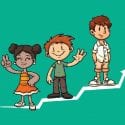
An elementary-level reading that discusses population growth trends for wildlife and people.
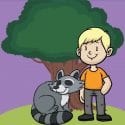
Elementary-level reading on wildlife habitats and biodiversity, and how we can help protect the balance of Earth’s...
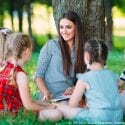
Students listen to The Lorax, discuss lessons from the book, and then play a cooperative board game...
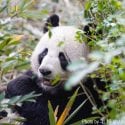
Students role-play being pandas in a bamboo forest where habitat fragmentation has occurred due to farming. Students...
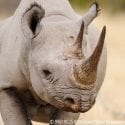
Students research an endangered species and create a poster that teaches others about the importance of protecting...
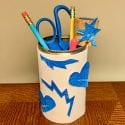
Students identify ways to reduce solid waste by creatively reusing items that might be disposed of. Students...

Elementary-level reading on communities and the spaces we all share.
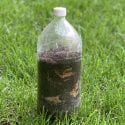
Students conduct a composting investigation to observe if and how different materials decompose over time in a...
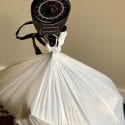
Students track their lunch waste every day for a week and test strategies for reducing the amount...
PopEd Impact
campuses
"The activities not only bring out important content, but they also provide real-world context for environmental, population and sustainability issues. They engage participants in very thought-provoking and critical-thinking discussions.”
Helen de la Maza, Environmental Educator, Irvine, CA

